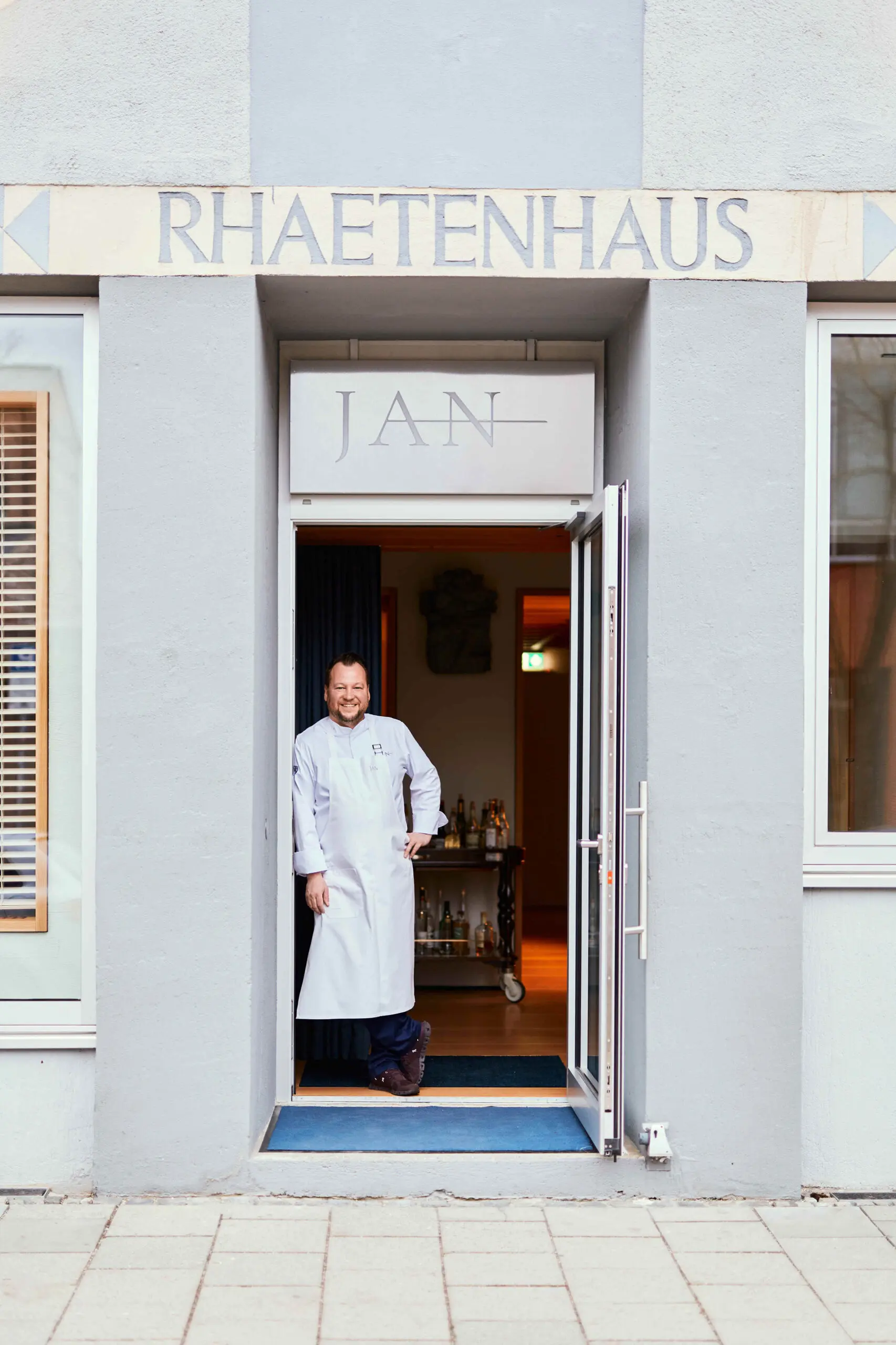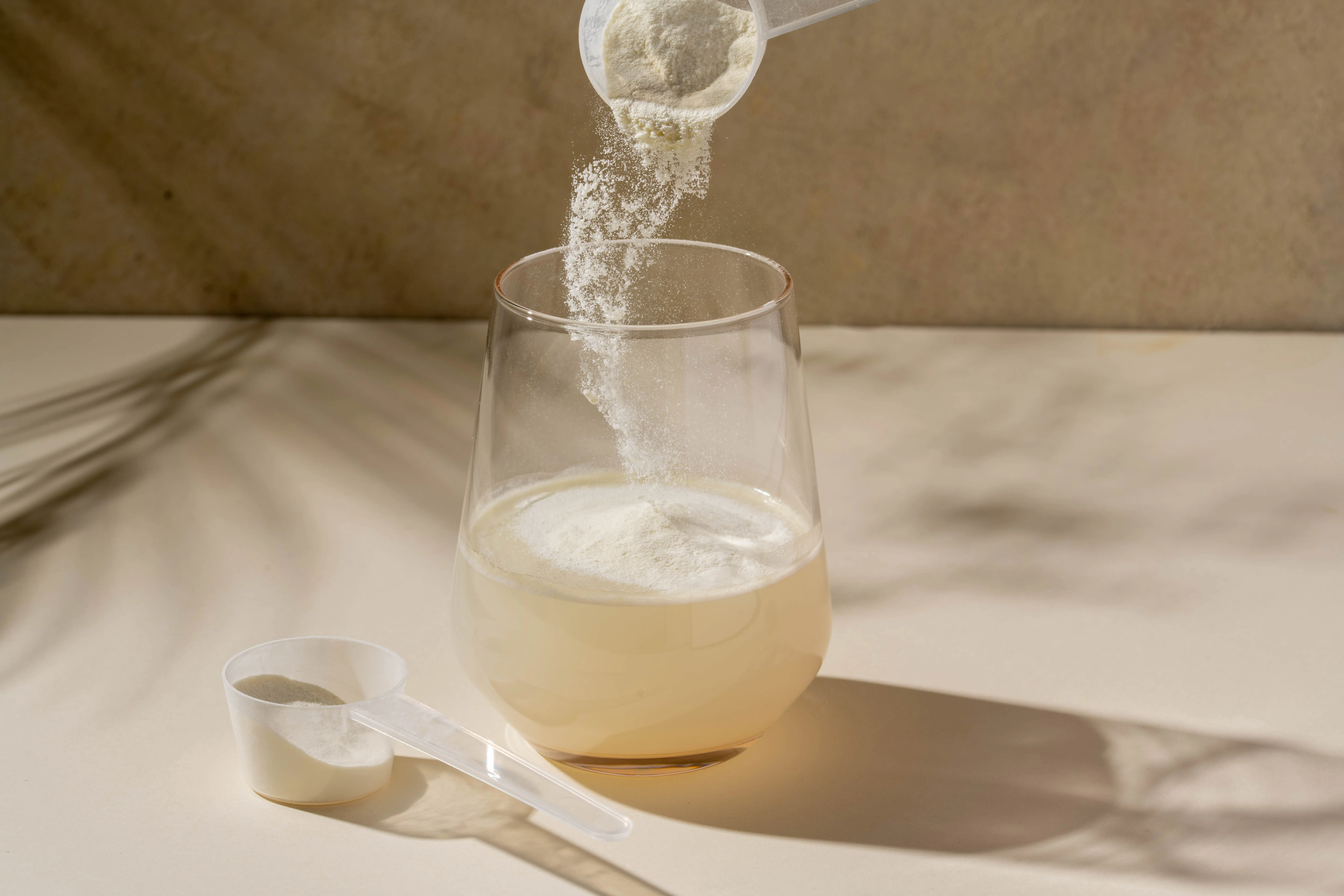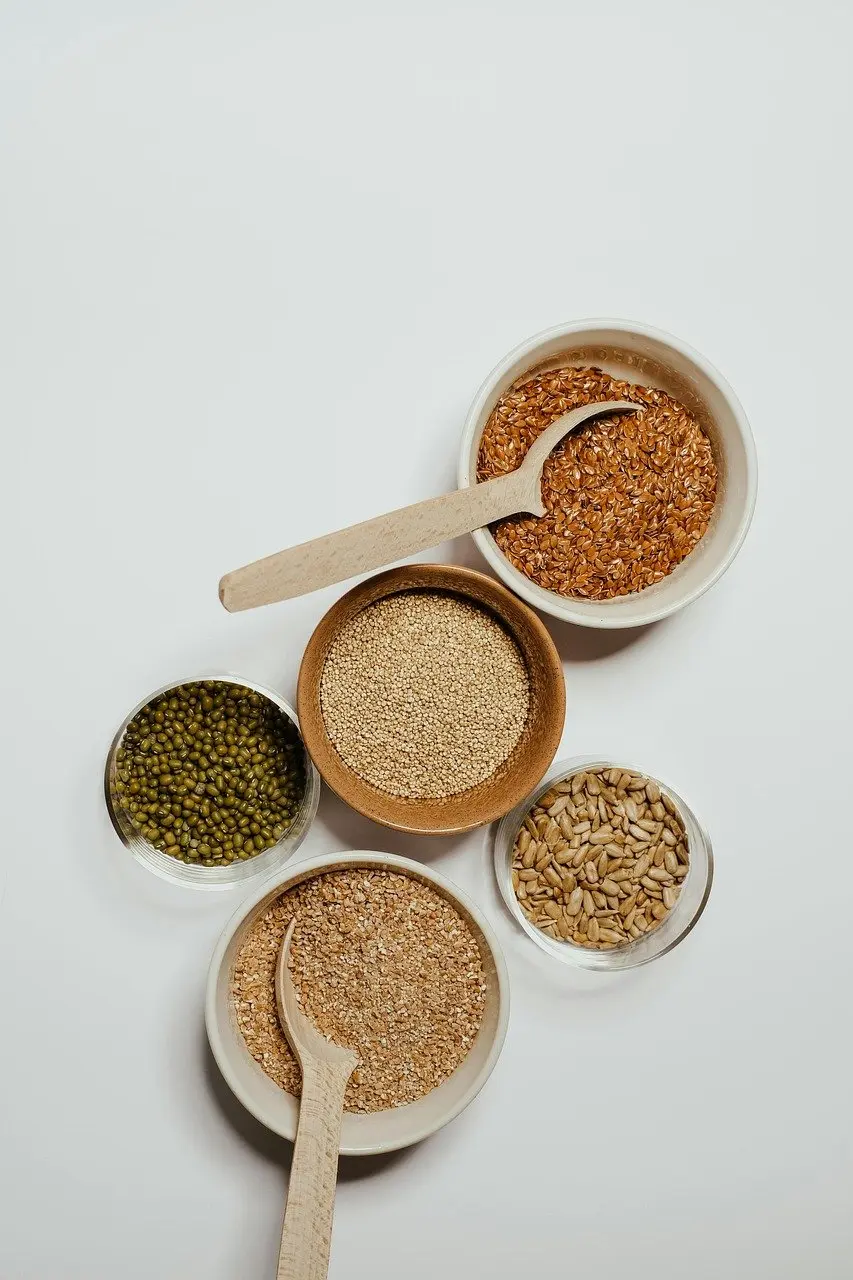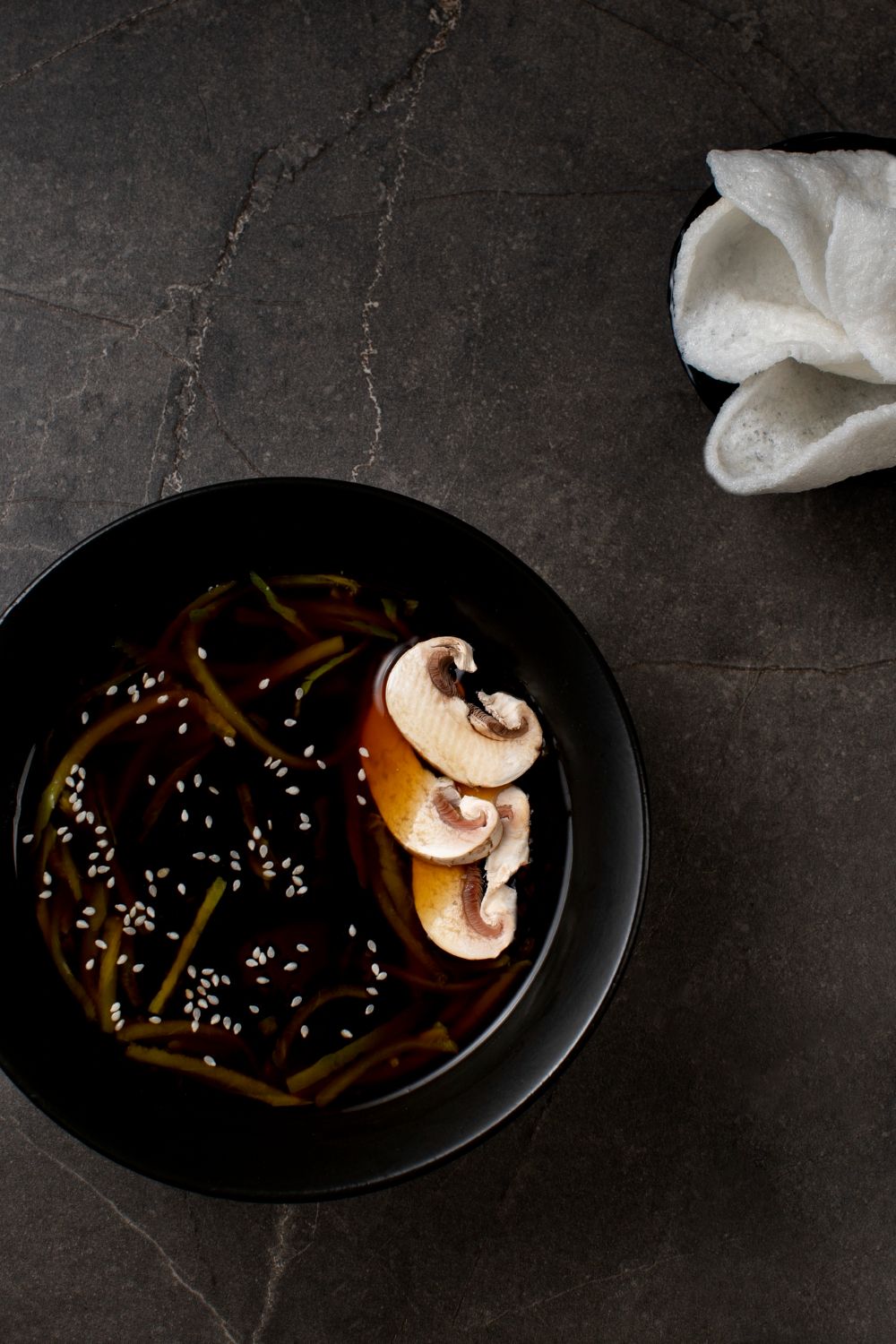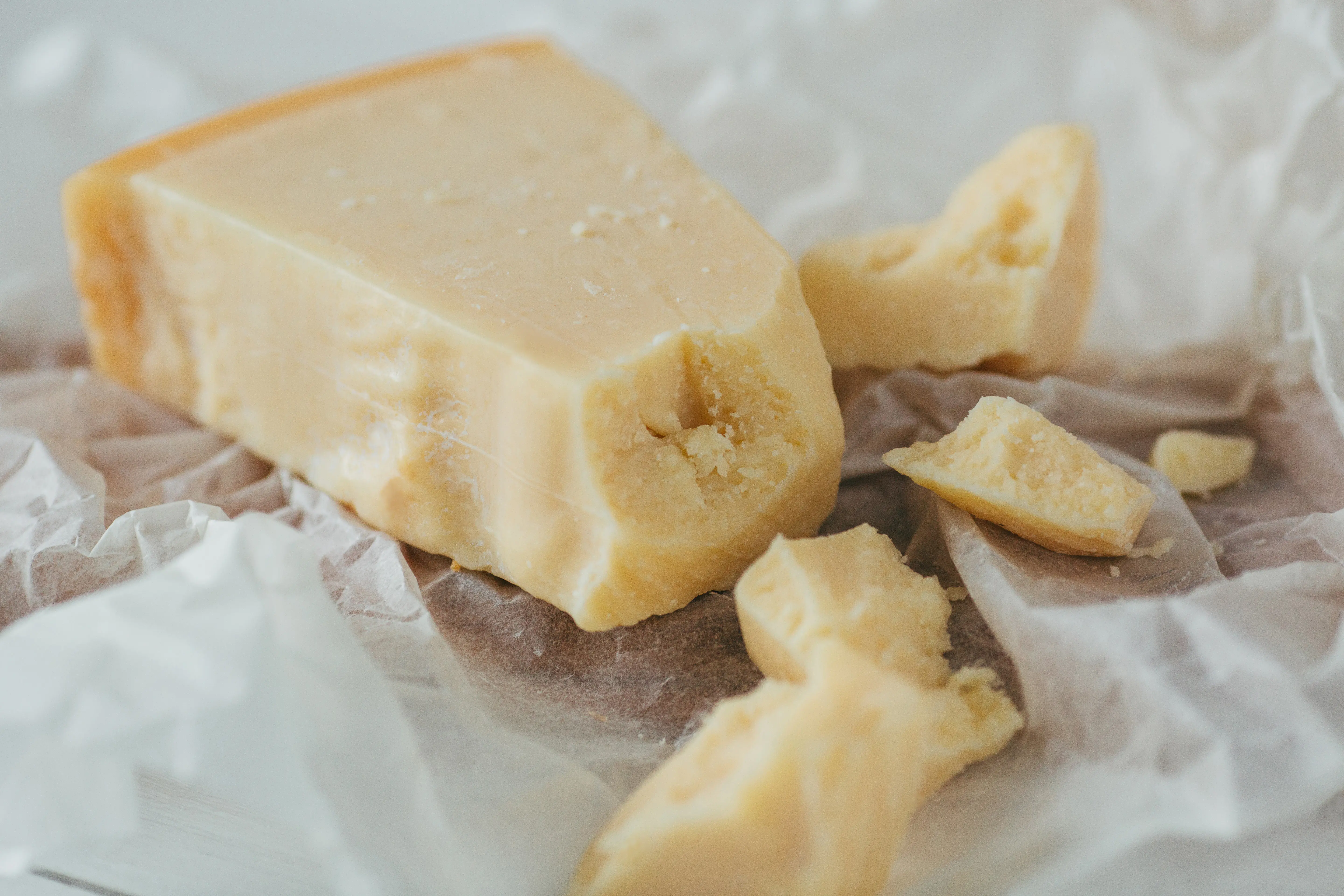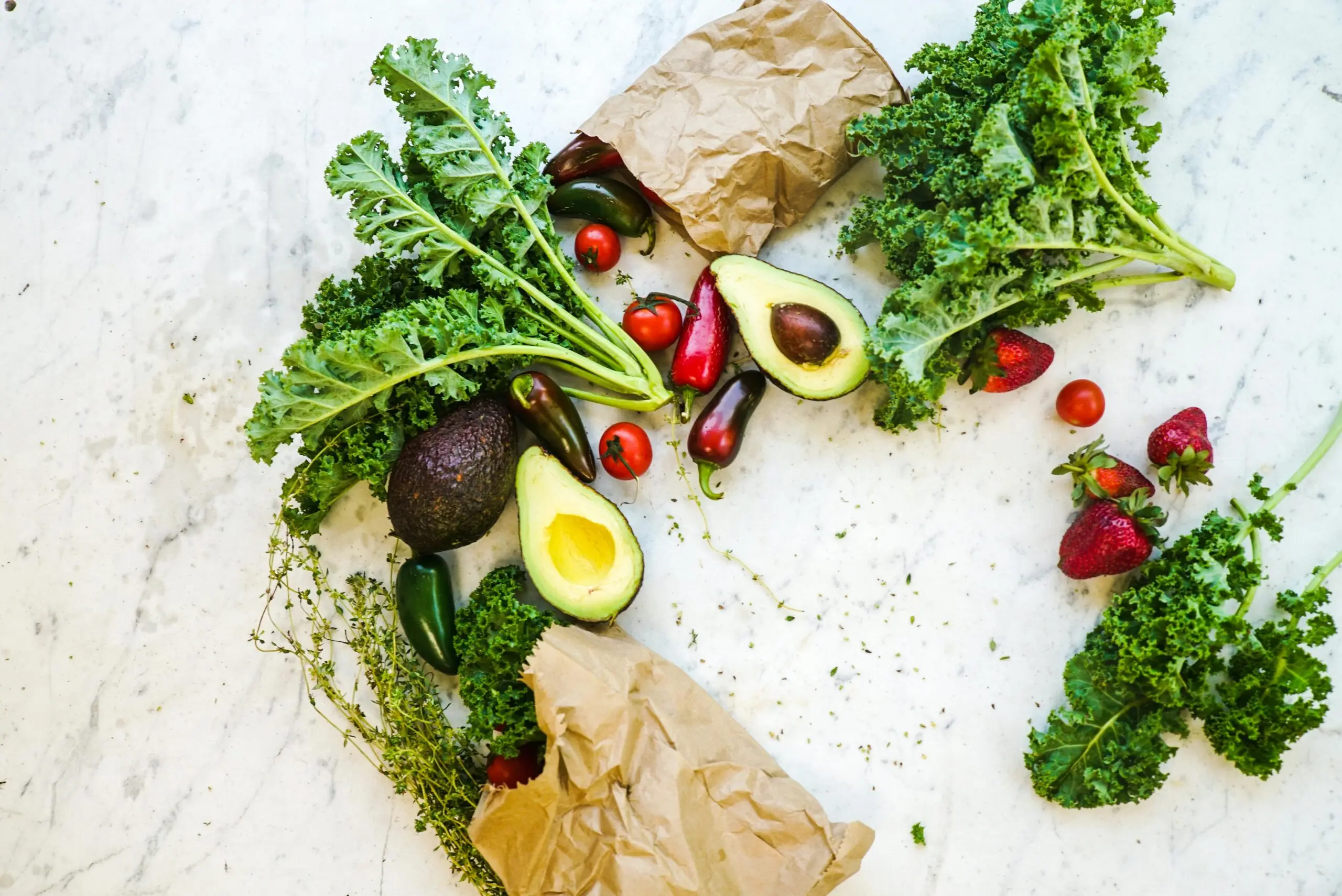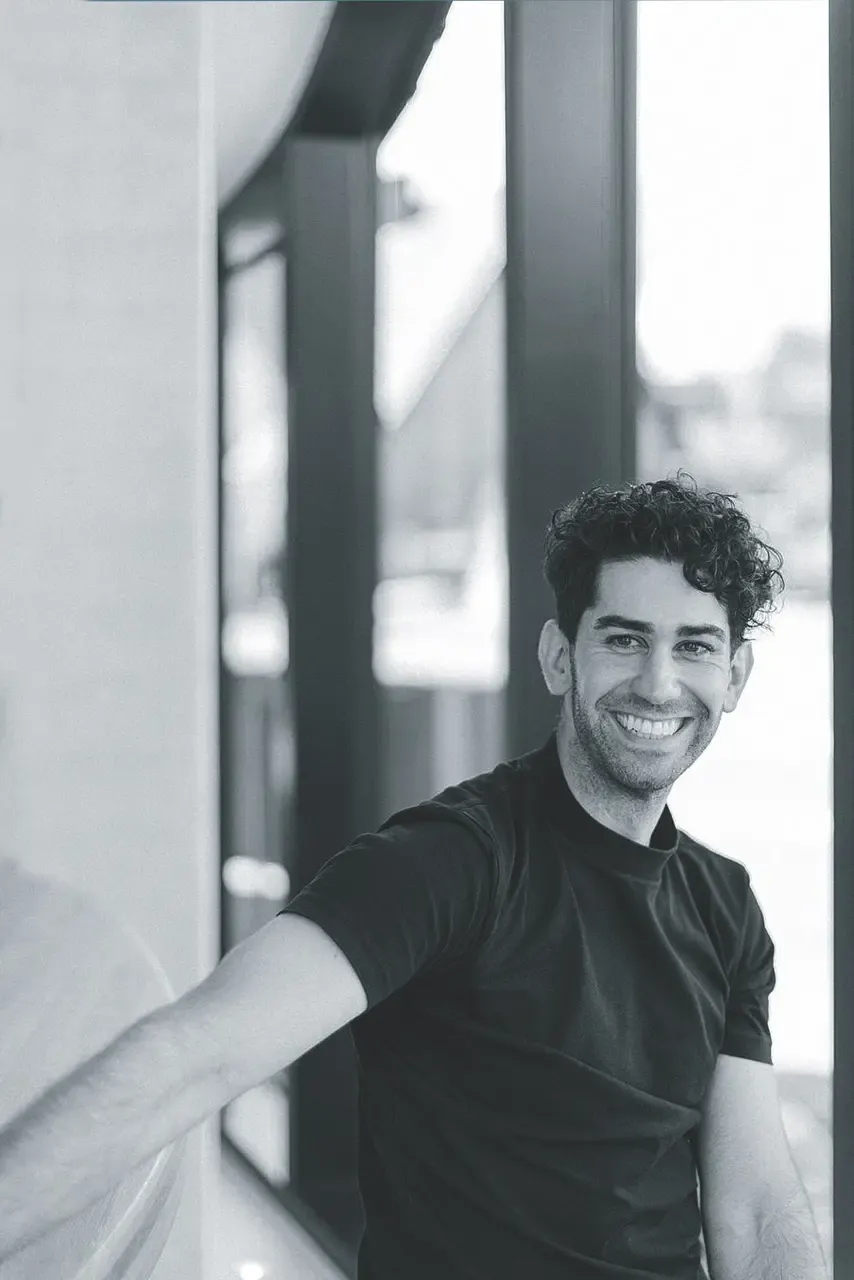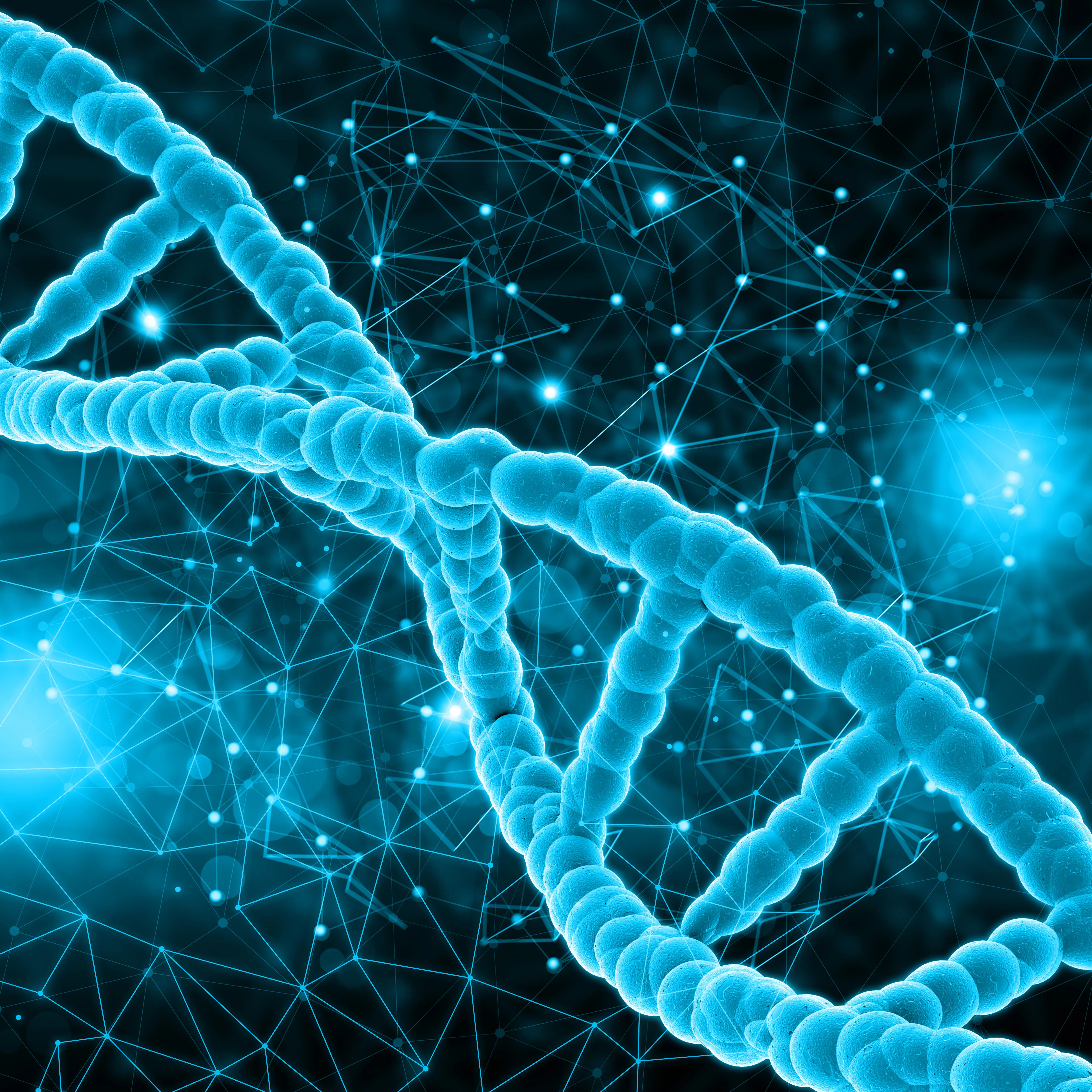He is one of the most popular top chefs in Germany. The 54-year-old is a restaurateur in the fifth generation. In the family-owned Posthotel in Wirsberg, Upper Franconia, Alexander Herrmann, together with Tobias Bätz, runs the two-star restaurant "Aura", the connected Future Lab "Anima", where new preparation techniques and taste experiences are developed, as well as the bistro "oma & enkel". In addition, he runs two other restaurants in Nuremberg and the dinner tent "Palazzo" — and the kiosk at the Wirsberg outdoor pool. The Franconian delights his numerous fans, among other things, in the TV shows Aufgegabelt and The Taste.
How do you explain umami to someone who has never heard of it before?
I would describe umami as a kind of volume control for taste. It is not really a flavor of its own. Umami makes a dish more savory, spicy. Imagine you are listening to a song. If you put a lot of umami into a dish, it's like turning up the volume knob. It makes the dish more intense, stronger, fuller.
Isn't it a big challenge, especially in top-class cuisine, to ensure that other components are not overshadowed by umami?
They are usually not whitewashed. But if you overpower it with too much umami, then you can't eat it anymore. It's like turning the volume knob too high. Then you no longer hear the song, just noise.
This is how a dish gets umami flavor
Which ingredients immediately give a dish umami?
The classic is of course soy sauce. There is also a German product with an umami flavor - Maggi. The Japanese would probably behead me for saying something like that: But Maggi has the same effect.
What other examples are there?
Maybe let's start the other way around: Umami is primarily caused by the salts of glutamic acid. Foods have varying amounts of this glutamic acid. The moment you start maturing, fermenting, drying, or even brewing a product, glutamic acid starts to develop properly.
Good examples of this are Shiitake mushrooms. When they are dried, they have a lot of umami. Or Parmesan. Just the Parmesan rind contains a lot of umami. In some Italian cookbooks, it is recommended to cook the Parmesan rind when preparing a minestrone. When you remove this rind afterwards, it looks like a limp chewing gum. But in this way, the glutamic acid has been cooked into the broth. Ripened tomatoes also have umami because they are naturally endowed, or even sauerkraut.


